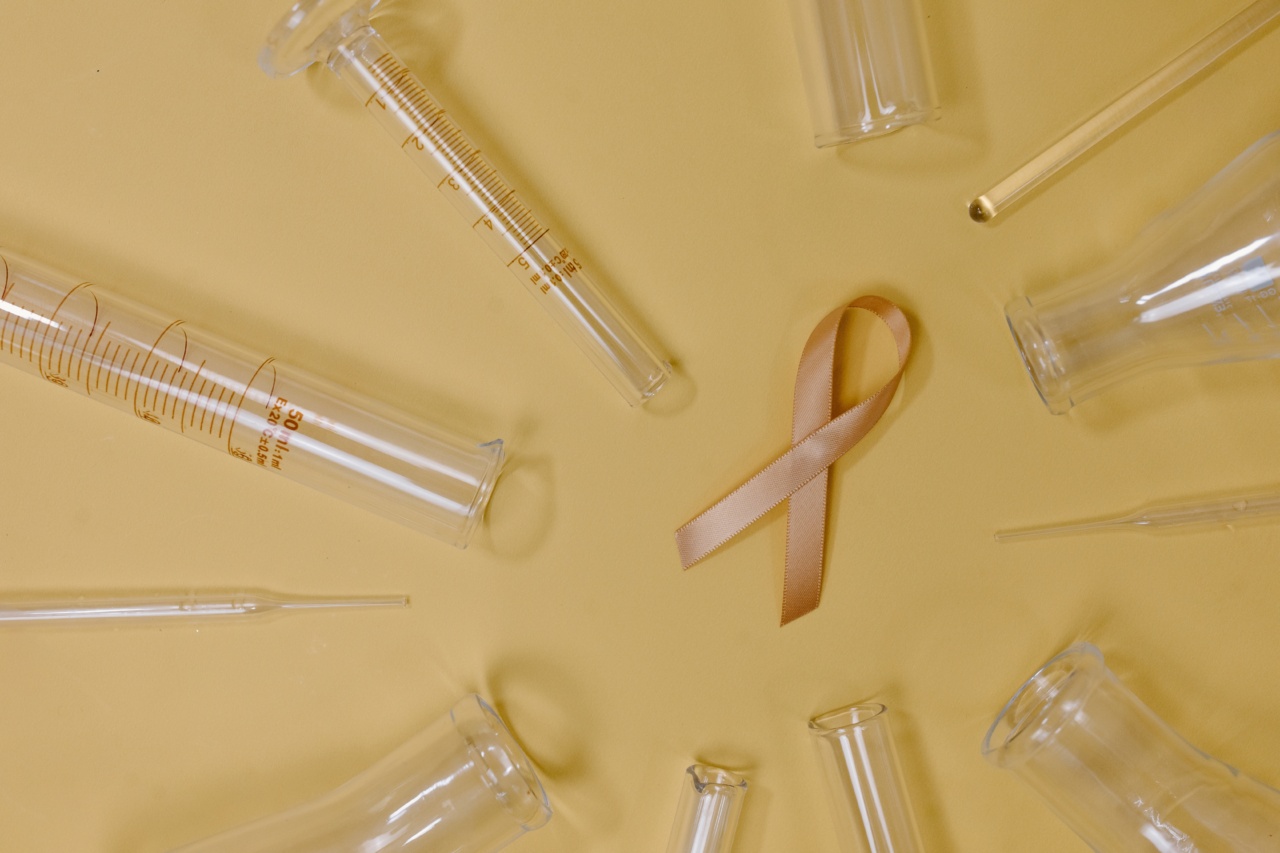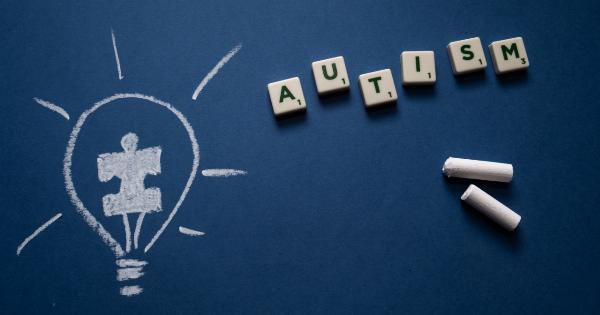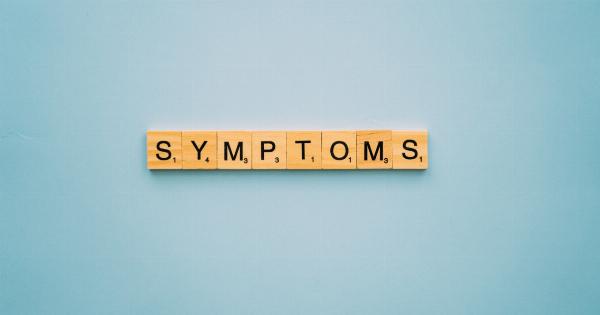Autism spectrum disorder (ASD) is a developmental disorder that affects communication, social interaction, and behavior. It is a neurodevelopmental disorder that typically appears during the early years of a child’s life.
ASD is a lifelong condition that affects individuals differently, and it is estimated that around 1 in 54 children have ASD in the United States.
Early Warning Signs of Autism
Autism is usually diagnosed between the ages of 2-3 years old, but signs can be detected as early as 6-18 months. Early diagnosis and intervention can lead to better outcomes later in life, so it’s important to recognize the early warning signs.
Here are some of the early warning signs of autism:.
1. Lack of Social Interaction
One of the most significant early signs of autism is a lack of interest in social interaction. A child with autism may seem disconnected from others, not respond to their name or social cues, and avoid eye contact.
They may also resist being held or touched. Infants who don’t make eye contact with their caregivers or smile by 6 months old should be evaluated for autism.
2. Delay in Language Development
Delayed speech or language development is another early sign of autism. Some children may not speak at all, while others may start speaking later than expected. They may also have trouble with conversation skills and understanding the meaning of words.
Early intervention with speech therapy can help improve their language skills.
3. Repetitive Behaviors
Many children with autism engage in repetitive behaviors or routines, such as lining up toys or repeating words or phrases. They may also have an intense interest in certain topics, objects, or ideas.
These behaviors can be a sign of autism and may limit their ability to communicate and socialize with others.
4. Sensory Issues
Children with autism may have sensory processing issues, meaning they have difficulty processing and responding to sensory information from the environment.
They may be under-sensitive or over-sensitive to certain sounds, textures, temperatures, or smells. For example, they may cover their ears when a loud noise is heard or refuse to eat certain foods because of their texture.
Diagnosis of Autism
Autism diagnosis involves several assessments, including medical, behavioral, and developmental evaluations.
The diagnosis is usually made by a pediatrician or a multidisciplinary team of specialists, including a child psychologist, speech therapist, and occupational therapist.
Some diagnostic tools used for autism include:.
1. Autism Diagnostic Observation Schedule (ADOS)
The ADOS involves a series of standardized activities and questions that assess a child’s communication, social interaction, and play skills. It is often used by clinicians to make a diagnosis of autism.
2. Autism Diagnostic Interview-Revised (ADI-R)
The ADI-R is a structured interview that assesses a child’s behavior in three areas: communication, social interaction, and repetitive behaviors. It is often used in addition to the ADOS assessments.
3. Developmental Screening
Developmental screening involves a series of tests to assess a child’s developmental milestones and identify any delays. Screening can be done at any age, and it’s recommended that all children are screened for autism at 18 and 24 months.
Treatments for Autism
There is no cure for autism, but early intervention and treatment can be beneficial for children with autism and can lead to better outcomes later in life.
The treatment for autism usually involves a team approach that includes a speech-language pathologist, occupational therapist, psychologist, and behavior specialist. Here are some common treatments for autism:.
1. Behavioral Therapies
Behavioral therapies are designed to improve social and communication skills, reduce repetitive behaviors, and increase adaptive behaviors. Applied Behavior Analysis (ABA) is the most common behavioral therapy used for autism.
2. Speech Therapy
Speech therapy is targeted to improve language skills and communication for children with autism. It can help improve speech and language development, pronunciation, and expressive and receptive language skills.
3. Occupational Therapy
Occupational therapy helps children with autism develop life skills, such as dressing, grooming, and self-care. It can also improve sensory integration and motor skills.
4. Medications
Medications may be used to manage some of the symptoms of autism, such as hyperactivity, aggression, anxiety, and depression. Consult a physician for medication options.
Conclusion
Autism is a neurological disorder that requires early detection and intervention. Early warning signs of autism include a lack of social interaction, delay in language development, repetitive behaviors, and sensory issues.
Diagnosis involves several assessments, including medical, behavioral, and developmental evaluations. The treatment for autism involves a team approach that includes behavioral therapies, speech therapy, occupational therapy, and medications.



























